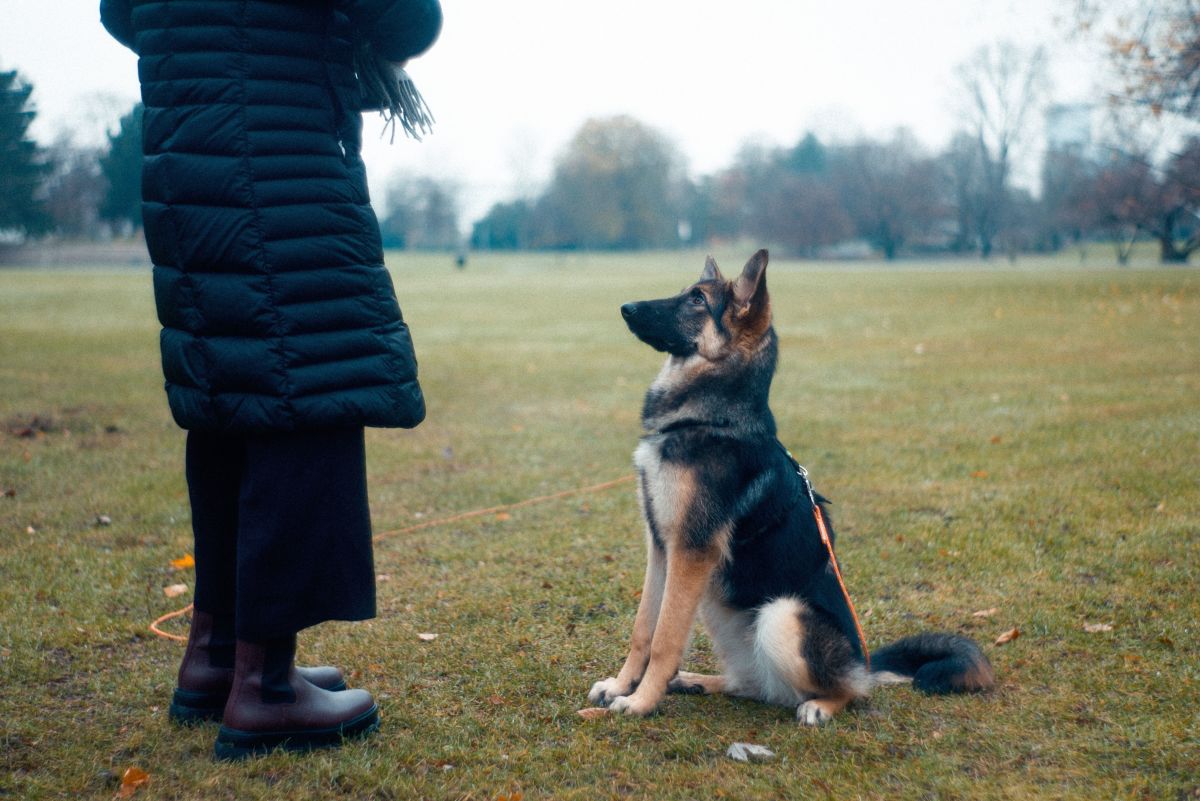Untraining Your Dog's Behaviors
There are eight methods a trainer can chose from when untraining a behavior. Four of the methods are negative and four are positive, and not all of the methods are fair to the subject.
Shoot the Animal
This is the most extreme method, but it always works. This method should be a last resort.
An example of this method would be:
You have a dog who barks nonstop at anything and everything. I mean this dog barks at a leaf on the ground. You've chosen to take the dog to the vet and have his vocal cords snipped.
Punishment
Most of the time punishment doesn't work because it doesn't coincide with the behavior but after it. The subject learns two things: (1) alter the behavior to avoid the consequence and (2) try not to get caught. The animal really doesn't learn anything but how to avoid the punishment. Using punishment to untrain an undesired behavior may cause the subject to fear you because he may associate you with the punishment. If you use punishment to train an animal, you must arrange things so that the animal doesn't see the consequence associated with you.
For example, when trying to keep the dog off the couch, use mousetraps. When the dog jumps on the couch, the mousetraps will go off, pinching the dog. This punishes jumping on the couch and strengthens the behavior of staying on the floor.
Cats are perceived as untrainable because they do not respond well to punishment and threats. Birds frighten easily when threatened, so punishment cannot be used with birds.
The only way to stop a behavior with punishment is to catch the behavior early because otherwise it becomes habit
Positive Dog Training
Negative Reinforcement
Negative reinforcement is anything that the subject perceives as unpleasant, an event or a stimulus, that can stop a behavior. For example, a cow is in a field with an electric fence. When the cow touches the fence, she feels a shock, so she pulls away to stop the shock. The behavior of touching the fence is punished, but the behavior of avoiding the fence is reinforced. Negative reinforcement is used to shape a behavior, but it must be reliant to the behavior. Overuse of negative reinforcement can cause similar affects as punishment: a fallout effect where the animal feels fear and becomes passive.
Extinction
Extinction is the process by which the undesired behavior dies down by itself with the lack of reinforcements. The trainer ignores the behavior.
HABITUATON
Habituation is the process by which an unconditioned response is eliminated. If the animal is exposed to an aversive stimulus that it cannot avoid, eventually it's avoidance response will be extinguished
Train an Incompatible Behavior
Train the animal to perform another behavior that is incompatible with the undesired one. For example, a dog can't sit to greet a stranger and jump on them at the same time. Giving the dog an alternative behavior gives you more control over him, and it allows you to reward him for an appropriate response. You can try:
Greet visitors with a toy in the dog's mouth instead of jumping on them.
- Go to his bed or mat when the doorbell rings.
- Do a play bow when he sees another dog.
- Retrieve a toy instead of barking at the window at a passerby.
- Look at you instead of lunging at other dogs.
- Target/Touch your hand instead of running away
Training Problem Behaviors
Put the Behavior on Cue
When nothing else works, and you don't want to resort to using the ‘Shoot the Animal' method, this one works. This is the natural law to extinguish all kinds of undesired behaviors. Put the undesired behavior under the control of a cue; every time the animal performs the behavior begin to give it a cue and treat the behavior. Eventually, when the animal performs the behavior only when the cue is given, stop giving the cue. The behavior will stop.
Shape the Absence of the Behavior
This method is useful in the cases where you don't have anything particular that you want to train the subject besides to the undesired behavior.
Change the Motivation
This is the kindest and most effective of the eight methods. If you can determine the motivation that causes the behavior, change it by creating a new motivation. Sometimes the motive may be reassurance.











